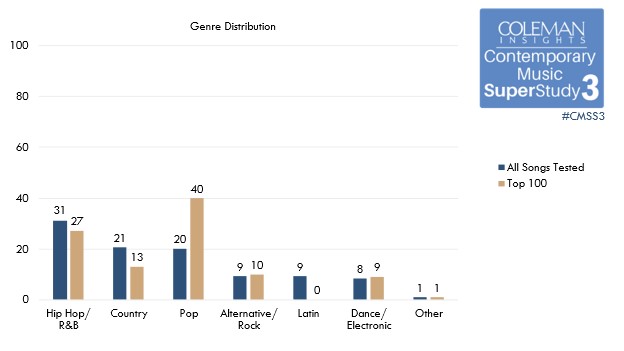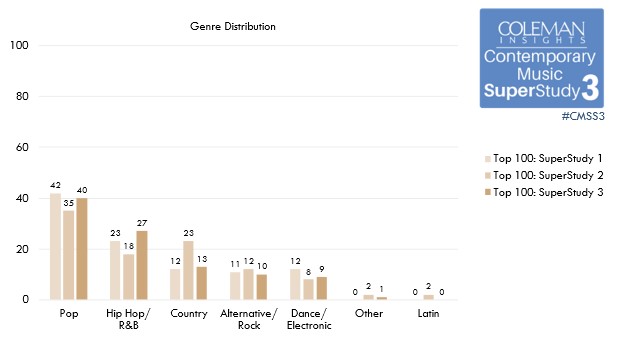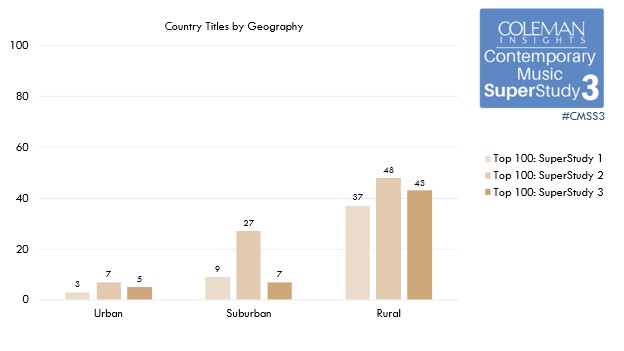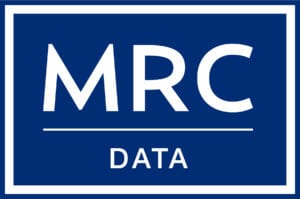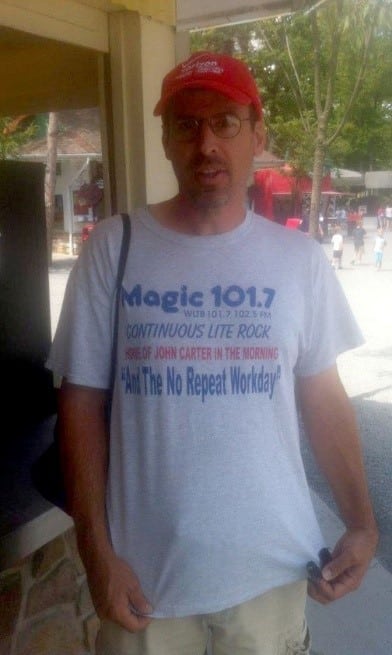
If you watched the Grammy Awards on February 4th earlier this year, you may recall Beyonce sporting a cowboy hat, a premonition of what was to come. “Texas Hold ‘Em”, the first single from her forthcoming album Cowboy Carter, dropped one week later during the Super Bowl. It was the latest in a series of big cultural moments for the superstar, who crossed boundaries to wide critical acclaim with Renaissance two years earlier.
If you’ve listened to Cowboy Carter in its entirety, you know it’s not really a Country album. Some songs fit certain genres and others are more challenging to define. But the reality is, Beyonce wore a cowboy hat to the Grammys, sports one on the album cover while waving an American flag, put “cowboy” in the name of the album, and released “Texas Hold ‘Em” as the first single. For better or worse, Cowboy Carter was branded as a Country project from the jump, and that led to an obvious question.
Would Country Radio play it?
If a Country programmer read Billboard on February 26th, she may have felt quite compelled to do so. “Beyonce’s Texas Hold ‘Em Hits No. 1 on Billboard Hot 100” blared the headline. The article mentions how the song hit number one on Billboard’s Country chart a week earlier, the first Black woman to achieve the feat. At that point, it had accumulated 29 million streams, up 51% from the previous week.
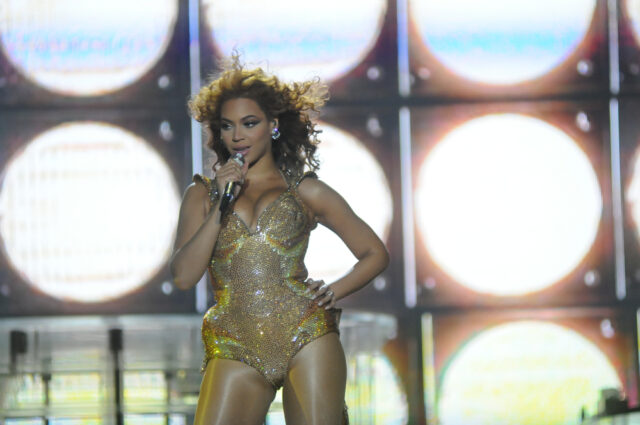
Beyonce hit #1 on the Billboard Hot 100 and Country charts with “Texas Hold ‘Em”. (Photo credit: A. Carter/Shutterstock.com)
February 26th was also the day “Texas Hold ‘Em” first appeared in our Integr8 USA national callout research in both our Country and Pop tests (at that time, our Pop formatted chart included CHR and Hot AC. Today, the two formats have their own reports). On both Integr8 USA Country and Pop, “Texas Hold ‘Em” debuted towards the bottom. But in Country at that early stage, the Like a Lot score was more than double the Dislike a Lot score. By mid-April, the song was 95% Familiar to Country listeners and plummeted to last in our Country research in a trended decline. This was driven by high polarization, with its “Dislike a Lot” score at least double that of every song but one other on the chart. Despite a different format and sample specifications, “Texas Hold ‘Em” didn’t fare much better on Integr8 USA Pop. Despite its big cultural moment, massive press, and strong streaming numbers, the song simply didn’t resonate with radio listeners.
Contrast this to “A Bar Song (Tipsy)” by Shaboozey, who was featured on two songs on Cowboy Carter. “A Bar Song”, released on April 12th, is in hundreds of millions of streams territory. It first appeared on Integr8 USA Country on May 13th with a 3.74, which ranked it a middling #18 out of 30 songs. But unlike “Texas Hold ‘Em”, Shaboozey’s Integr8 USA graph inclined each week. By August 12th, “A Bar Song (Tipsy)” sat atop the Integr8 USA Country chart with a 4.23, at number one ahead of “I Had Some Help” by Post Malone featuring Morgan Wallen.
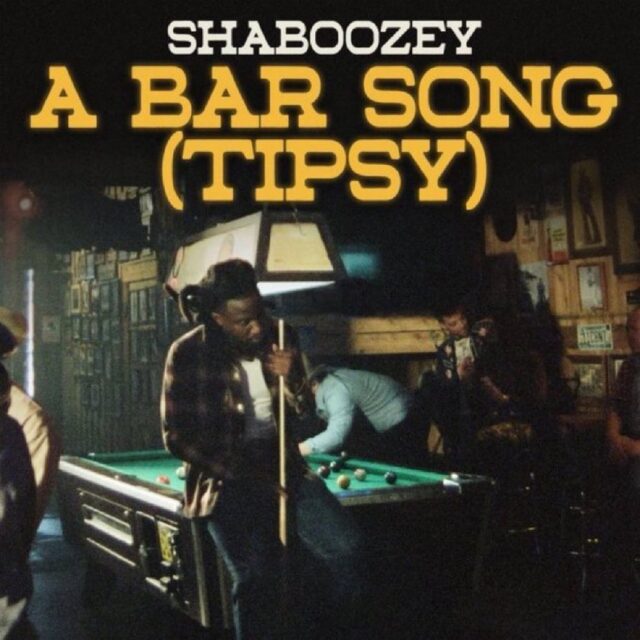
Shaboozey’s “A Bar Song (Tipsy)” grew to claim the top spot of Integr8 USA’s Country chart
As is often the case in callout research, polarization is the unseen secret sauce that our subscribers will point to. While streaming numbers are very useful, and we take them into account when selecting hook lists for each Integr8 USA format, they hide the crucial component radio needs that streaming does not.
On-demand platforms, as a one-to-one medium, only need demand from that person. Radio, as a mass-appeal medium, needs to keep as many people tuned in as possible. Higher negatives equal a greater risk of tune-out. “Texas Hold ‘Em” has decent passion scores in our research. But it also has big negative scores, which doesn’t matter so much for streaming but really matters for radio.
We’re continuously learning new things with Integr8 USA, as it uncovers useful anecdotes for subscribers for Pop, Hot AC, Country, and Alternative. We’ve seen historically core format artists releasing songs that would seem like no-brainers that end up being duds in our research. We’ve seen a song with huge amounts of airplay from a buzzworthy artist performing just ok in Integr8 USA CHR and near the bottom on Integr8 USA Hot AC. We’ve seen some artists perform very well across multiple formats (like Shaboozey).
The proliferation of sources for programmers to grab information is great in many ways, but potentially detrimental in others. Don’t ignore other airplay outside of your own. Don’t ignore streaming numbers. Don’t ignore the buzz and cultural moments. But utilize callout research, local if you can, or a high-quality national option like Integr8 USA, to clearly understand how each song fits in your strategy for your listeners.





